In the beginning, there was KrisFlyer.
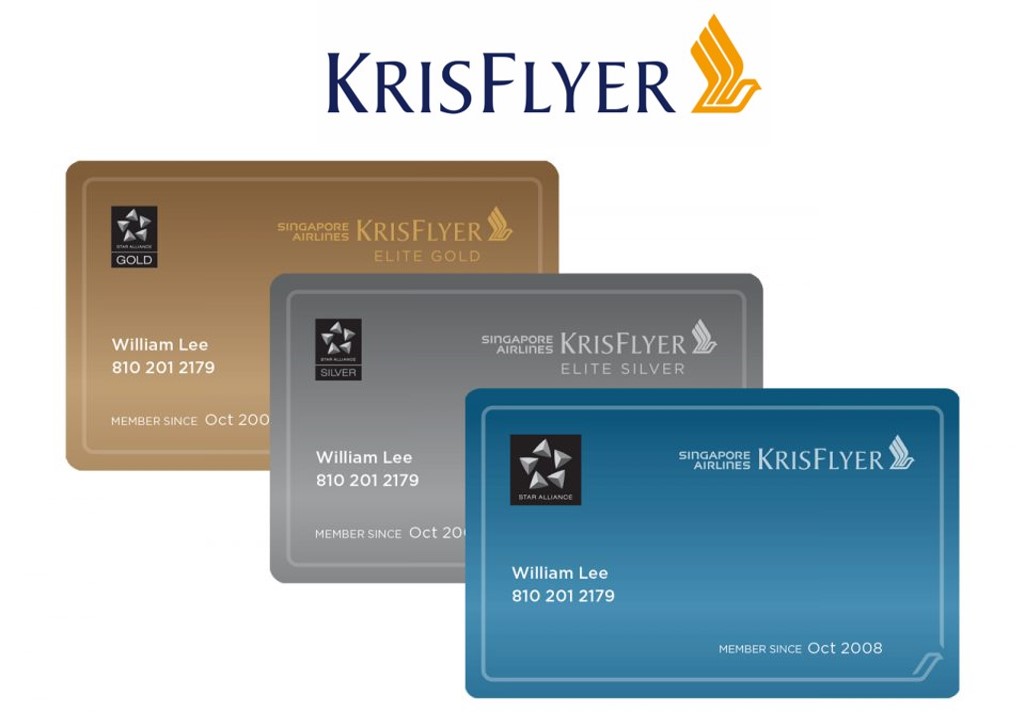
Well, not exactly.
While Singapore Airlines’ contemporary frequent flyer programme may be the only one miles chasing millennials know, it’s actually a fairly recent innovation. KrisFlyer launched in 1999, 27 years after SIA’s first flight took off from Paya Lebar Airport. That’s almost three decades of “B.K” (Before KrisFlyer), and trust me, they weren’t sitting around Airline House spinning in their chairs the whole time.
In fact, even though frequent flyer programmes didn’t attain prominence outside the USA until the mid-1990s, Singapore Airlines toyed around with a few different configurations before landing on KrisFlyer. It joined other airlines’ schemes. It tried a short-lived one of its own. It did a three-way with Cathay Pacific and Malaysia Airlines.
Here’s the tale of how KrisFlyer came to be.
| ✈️ The Nostalgia Series | |
| This post forms part of The Milelion’s Nostalgia Series, where I look back at a different aspect of Singapore Airlines’ history. If you like this post, do check out the rest! | |
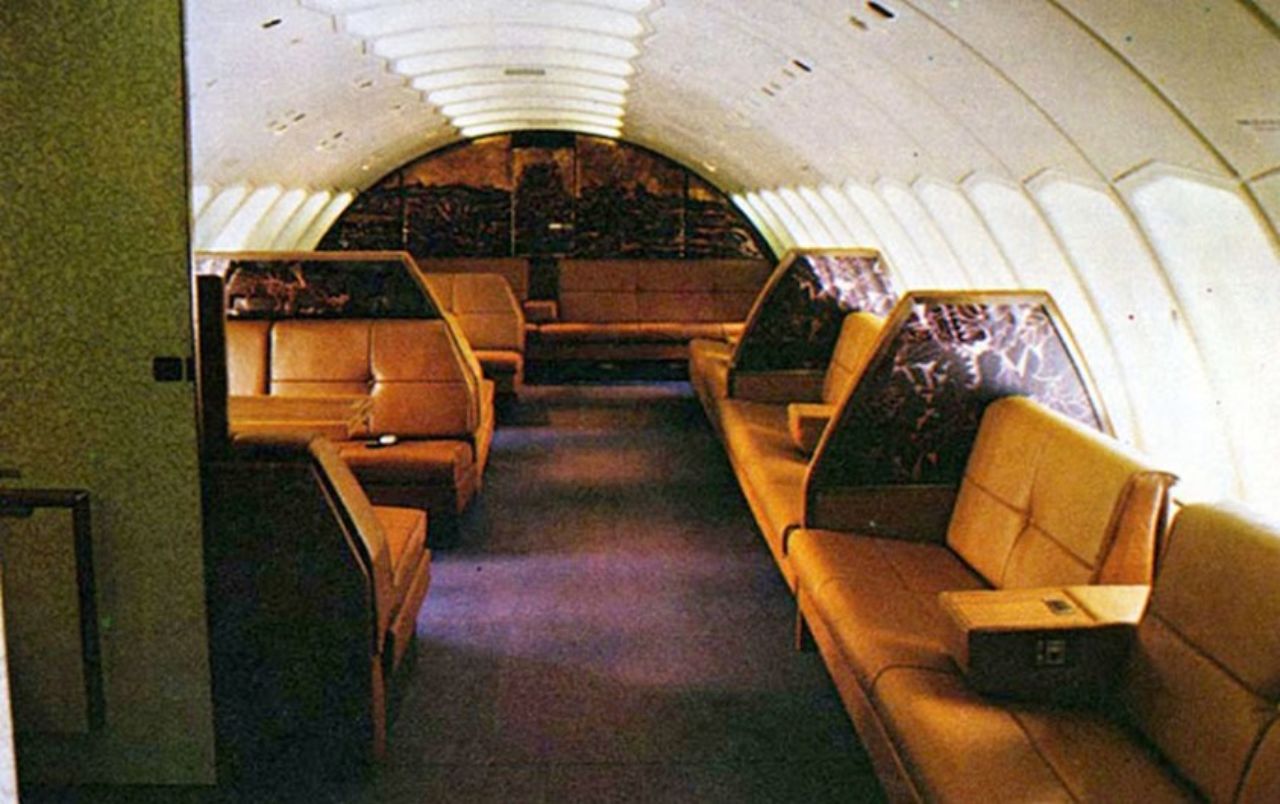 |
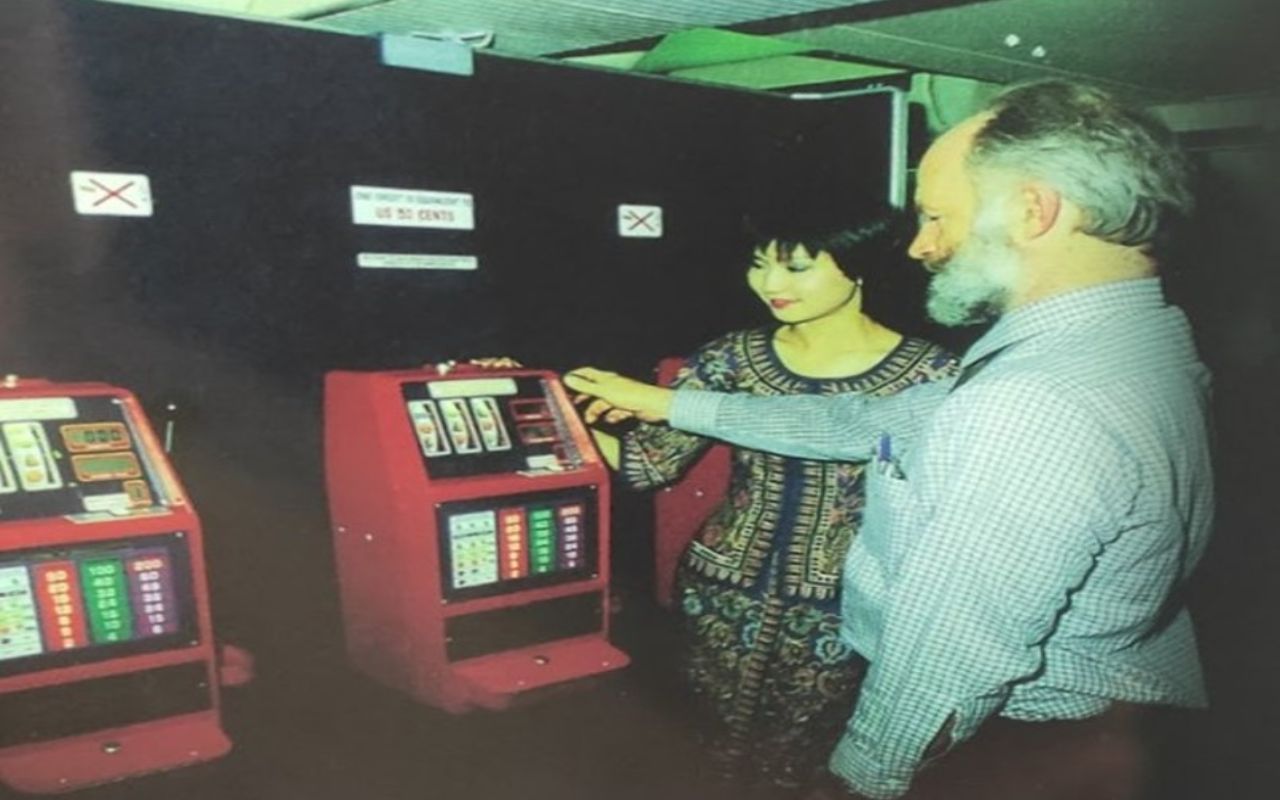 |
| SIA’s Boeing 747 Slumberettes: So good that other airlines complained | Orchard Rows: The story of SIA’s ill-fated jackpot machines |
| Read It! | Read It! |
 |
 |
| Cigarettes, jackpots and live bands: SIA’s IFE through the years | The Young Explorer Club: SIA’s FFP for kids |
| Read It! | Read It! |
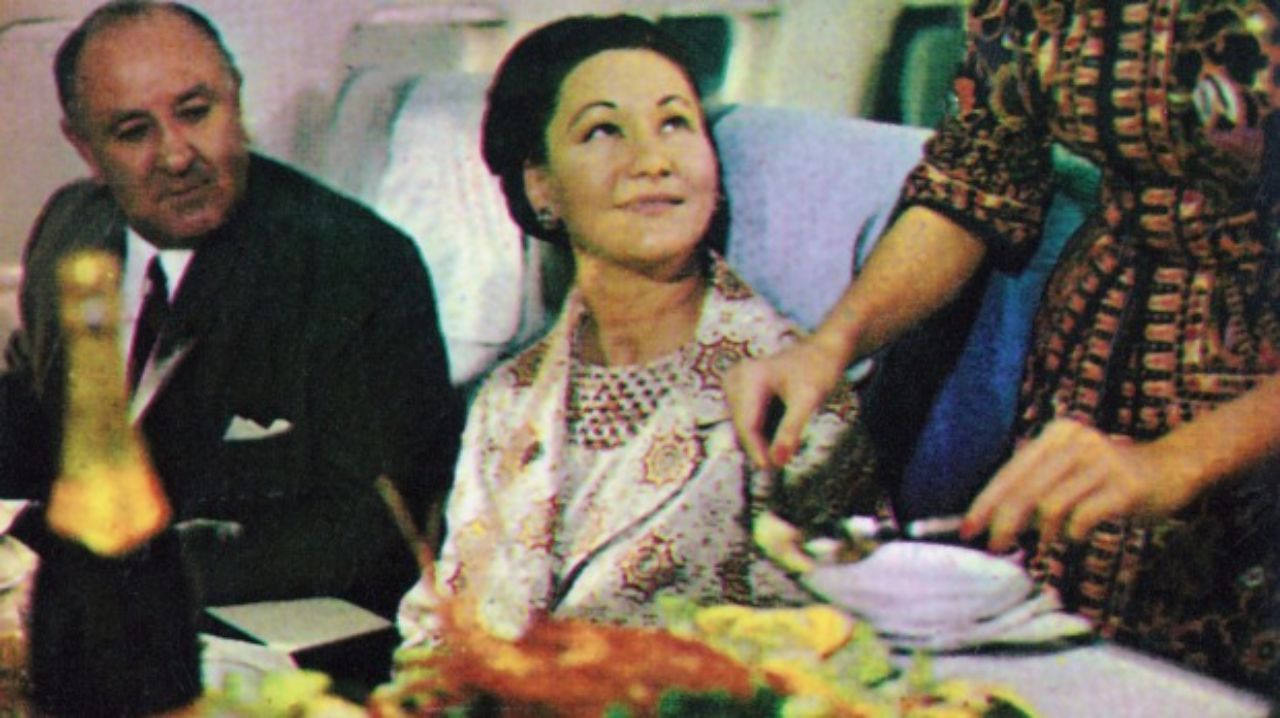 |
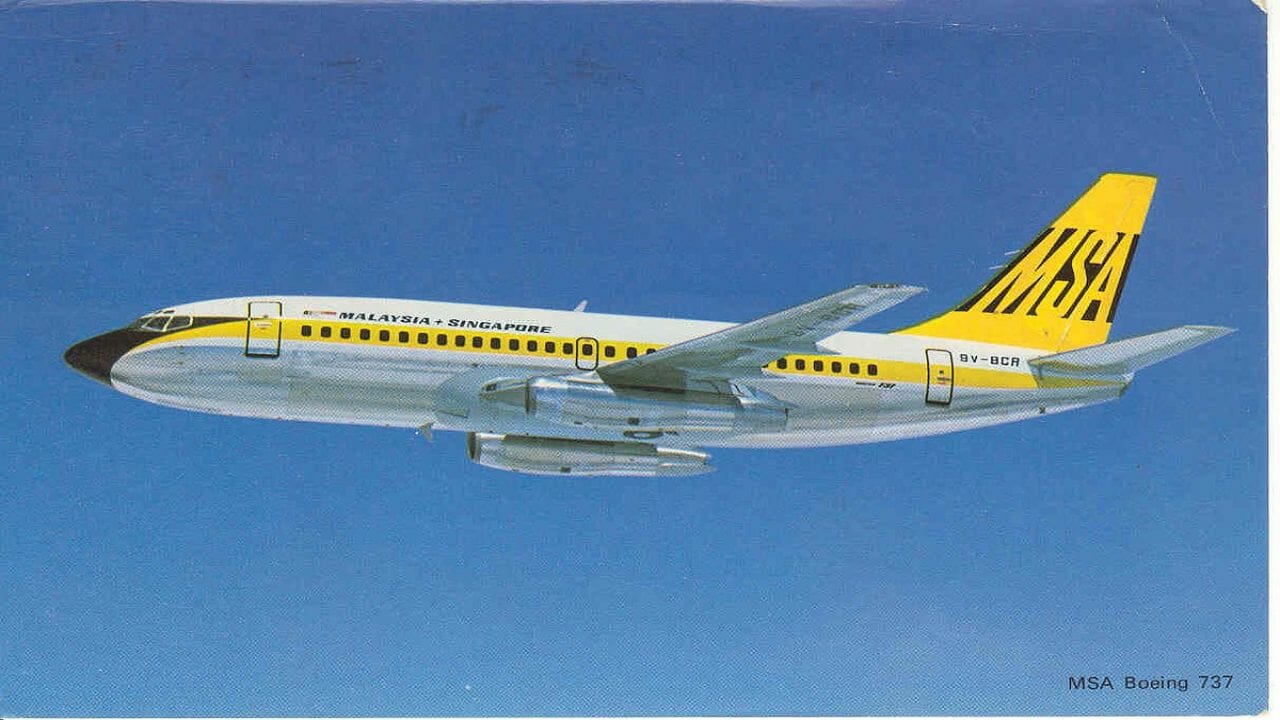 |
| Hugo’s in the Sky: SIA’s gastronomic partnership with Hyatt | MSA: Mercury Singapore Airlines, or Malaysia Says Alamak |
| Read It! | Read It! |
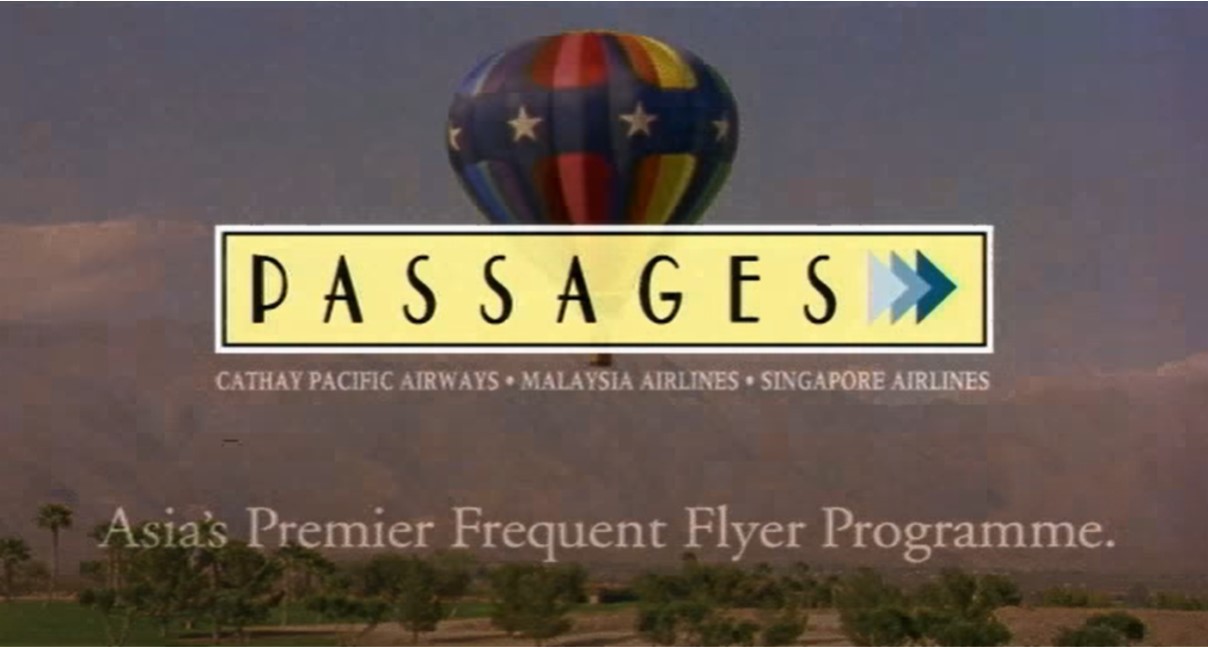 |
|
| Before KrisFlyer: Singapore Airlines’ other frequent flyer programmes | |
| Read It! | |
Early days: PPS, AAdvantage and Delta
The earliest recorded instance of a Singapore Airlines frequent flyer scheme came in May 1984, when the airline announced it was setting up a computerized record of its regular Business and First Class passengers.
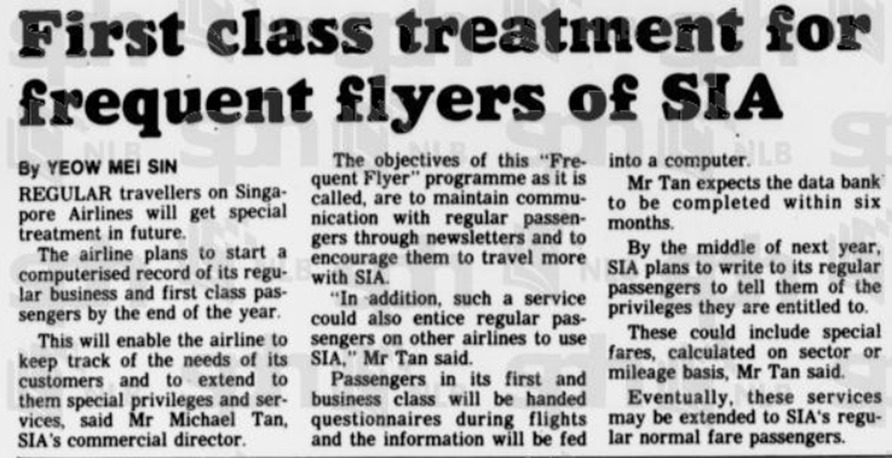
In reality though, this was more of a CRM project than a frequent flyer programme per se. There was no accrual of miles; instead, the idea was to collect passenger contact information and use it to send newsletters (woohoo) or special fare deals.
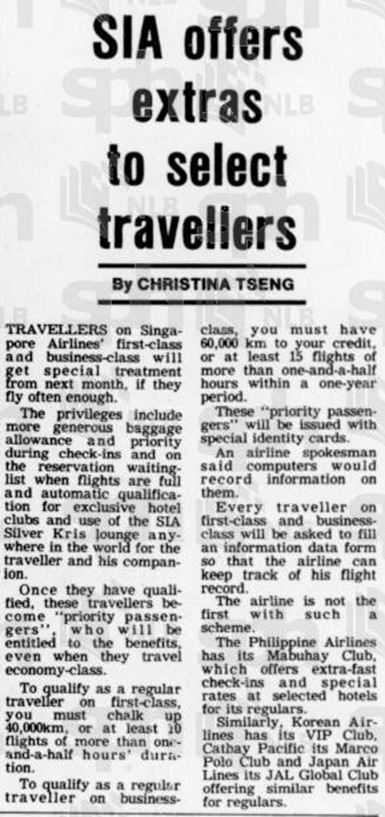
That might not sound very impressive, but it turned out to be the forerunner for the Priority Passenger Scheme (better known as PPS), introduced in October 1984. PPS members would enjoy priority check-in, extra baggage allowances, lounge access and a 10% discount on mail-order items from the SilverKris shop (plus Metro, for whatever reason). Qualification required:
- 60,000 km or 15 flight sectors in Business Class, or
- 40,000 km or 10 flight sectors in First Class
The scheme proved to be very popular, and almost 57,000 passengers signed up in the first two years.
| ❓ How Many PPS Club Members Are There? |
| A 2007 Business Times report stated there were 45,000 PPS members worldwide- one of the key reasons for the infamous PPS Cull that year. Qualification at the time required 50,000 miles (~80,000 km), and it’s interesting that despite SIA’s claims that the club had become “too big”, the number of members was similar to when it first started. |
1984 was indeed a busy year, because Singapore Airlines also joined American Airlines’ AAdvantage programme (widely accepted to be the world’s first comprehensive frequent flyer programme, beating out United Mileage Plus by just 10 days).
Passengers traveling in all three cabins on SIA flights from Los Angeles, San Francisco, or Honolulu to Tokyo, Taipei, Hong Kong or Singapore (or flights between the Asian cities) could accrue AAdvantage mileage from October, and redeem them for SIA flights from January the following year.
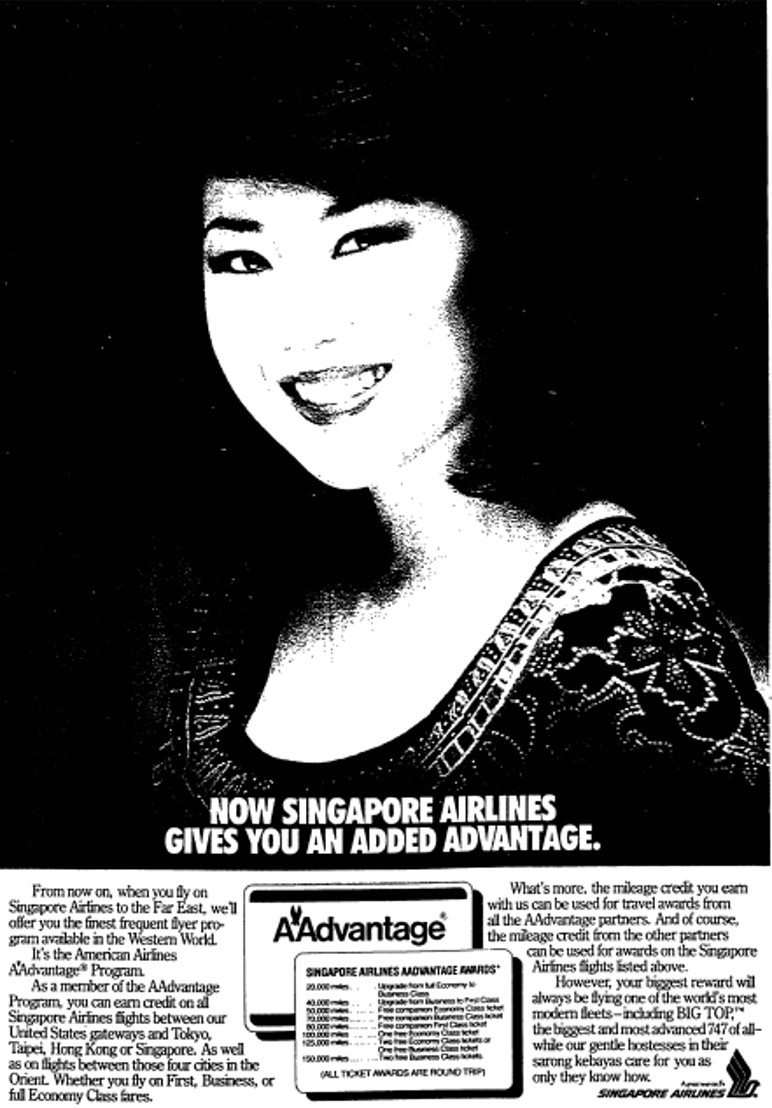
The redemption rates were as follows:
| Award | Miles (Round-trip) |
| Upgrade from full Economy to Business Class | 20,000 miles |
| Upgrade from Business to First Class | 40,000 miles |
| Free companion Economy Class ticket* | 50,000 miles |
| Free companion Business Class ticket | 70,000 miles |
| One free Economy Class ticket | 100,000 miles |
| Two free Economy Class tickets or one free Business Class ticket | 125,000 miles |
| Two free Business Class tickets | 150,000 miles |
| *Companion tickets are discounted redemption tickets available to those who have booked a paid fare. The idea was that business travellers could redeem their miles for a spouse to tag along on trips. | |
Two free round-trip Business Class tickets (presumably from Singapore to the USA) for 150,000 miles sounds extremely generous to me. That would cost 380,000 miles in today’s KrisFlyer!
The eligible routes suggested it was a play by SIA to capture demand for trans-Pacific travel. Indeed, SIA’s head of marketing claimed the airline was losing customers because of the lack of a frequent flyer programme, lamenting how many passengers were willing to close one eye to poor service in return for miles- a remarkable degree of clairvoyance for the time.
| ❓ Dude, Where’s My Upgrade? |
|
In the article reporting the SIA-AAdvantage tie-up, the writer mentioned how members of the new PPS Club could look forward to cabin upgrades.
What I found amusing was that Singapore Airlines found the idea so antithetical that it requested a correction, which was duly published the following week.
So if you’re a long-suffering PPS member who’s never been upgraded, chin up. It’s a feature, not a bug. |
This wasn’t Singapore Airlines’ last dalliance with an American frequent flyer programme. In 1989, SIA started making eyes at Delta, signing a joint marketing accord in April and buying a 5% stake in October. This led to a frequent flyer partnership in May 1990, allowing for accrual of miles in the Delta Air Lines Frequent Flyer Programme (the SkyMiles name didn’t come till 1995).
However, this was of limited usefulness to someone based in Singapore. Only residents based in North, South and Central America could earn credit for Singapore Airlines flights, and all award travel had to commence in the Americas. To give you an idea of mileage requirements:
| Award | Miles (Round-trip) |
| New York to Frankfurt | Economy: 50,000 First: 100,000 |
| Los Angeles to Tokyo | Economy: 60,000 First: 120,000 |
| San Francisco to Singapore | Economy: 70,000 Raffles: 95,000 |
So the 1980s gave Singapore Airlines passengers the first taste of a frequent flyer programme, but it was only in the next decade that things would really take off.
Travel Bonus: Christmas comes early
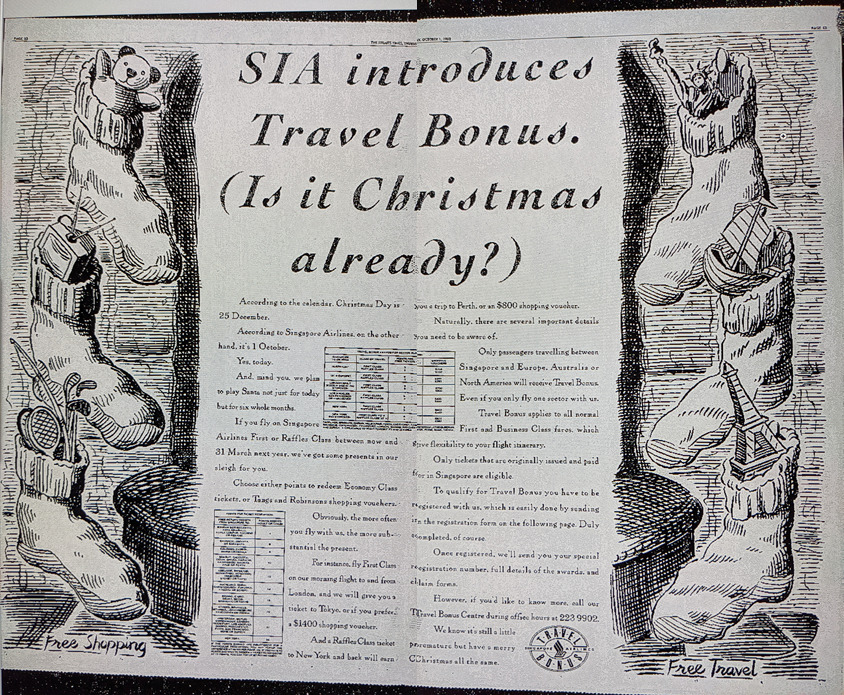
In October 1992 with Christmas just around the corner, Singapore Airlines launched a six-month scheme called “Travel Bonus”, its first attempt at a rudimentary frequent flyer programme.
Interested passengers had to sign up by sending in the completed registration slip from a newspaper advertisement (how quaint!). They could then accrue points when flying in First or Raffles Class, which could be redeemed for Economy Class tickets, or Tangs and Robinsons shopping vouchers.
Points were earned as follows:
| ✈️ Travel Bonus Awards Per Sector Flown | |||
| SIN to/from | Class of Travel | Points | Shopping Vouchers |
| Australia |
First | 3 | S$250 |
| Raffles | 2 | S$150 | |
| UK and Europe |
First | 6 | S$500 |
| Raffles | 4 | S$350 | |
| London |
First | 8 | S$700 |
| Raffles | 6 | S$500 | |
| Los Angeles, San Francisco, Vancouver |
First | 8 | S$400 |
| Raffles | 4 | S$300 | |
| New York |
First | 7 | S$600 |
| Raffles | 5 | S$400 | |
| New York (no stopover) |
First | 6 | S$500 |
| Raffles | 4 | S$350 | |
Where are all the Asian destinations, you’re wondering? They weren’t included. Only flights between Singapore and Europe, Australia and North America were eligible for Travel Bonus.
Points and shopping vouchers were either/or. If you opted for the points, here’s what the redemption chart looked like:
| Points Required for Round Trip Economy Class Ticket | |
| From SIN to | Points Needed |
| Brunei, Kota Kinabalu, Kuala Lumpur, Kuching or Penang | 4 |
| Bangkok, Jakarta, Surabaya | 5 |
| Colombo, Darwin, Hanoi or Manila | 8 |
| Bombay, Calcutta, Delhi, Dhaka, Karachi, Kathmandu, Madras, Male or Perth | 10 |
| Adelaide, Brisbane, Guangzhou, Hong Kong, Melbourne, Sydney, or Taipei | 12 |
| Auckland, Dubai, Christchurch, Fukuoka, Nagoya, Sendai | 14 |
| Beijing, Cairo, Osaka, Seoul, Shanghai or Tokyo | 16 |
| Athens, Brussels, Istanbul, Johannesburg, Vancouver or Vienna | 20 |
| Amsterdam, Berlin, Copenhagen, London, Frankfurt, Los Angeles, Madrid, Manchester, Paris, San Francisco, Rome or Zurich | 22 |
| New York | 24 |
| Additional points can be purchased for S$100 each | |
All points had to be redeemed within six months of issuance, and you could see some hints of KrisFlyer around the edges:
- Award zones faintly mirror today’s chart, with the East and West Coast of the USA broken up, and Perth put in a separate zone from the rest of Australia
- Tickets were non-refundable, reroutable or upgradable to Business or First Class
- Tickets were subject to seat availability at the time of booking
- Up to two en route stopovers were permitted, so long as all sectors were on SIA
- Tickets could be issued to immediate family members nominated by the points holder
In fact, compared to KrisFlyer today, the Travel Bonus scheme was actually quite generous. A passenger who flew First Class to and from London could earn a Economy Class ticket to Tokyo, or S$1,400 in shopping vouchers.
Let’s do some quick math. The distance between Singapore and London is 6,765 miles, and First Class tickets earn a 200% accrual rate, so a round-trip First Class ticket to London would earn 27,000 miles today. That’s not enough for an Economy Class ticket to Tokyo (50,000 miles), and the current market rate of ~2 cents per mile would value 27,000 miles at S$540- very far from S$1,400!
Likewise, a passenger who flew Raffles Class to and from New York could earn an Economy Class ticket to Perth, or S$800 in shopping vouchers.
The distance between Singapore and New York (via Frankfurt) is 10,245 miles, and assuming a 150% accrual rate, that flight would earn approximately 31,000 miles today. Again, that’s not enough to redeem an Economy Class ticket to Perth (40,000 miles), and the S$620 value of those miles is far short of S$800.
I’m not quite sure what Travel Bonus was meant to be, but my best guess is that it was a campaign to goose demand for the December travel season, seeing how load factors were flagging due to the early 90s recession. It may also have been an opportunity to test the waters on a small scale for something much more interesting…
Passages: An uneasy alliance
Up till the early 1990s, Asian carriers were still shunning the idea of frequent flyer programmes. As one analyst in the LA Times put it:
“Both (Cathay Pacific and Singapore Airlines) always sneered at the American carriers for having to offer gimmicky frequent-flyer programs instead of attracting passengers with a good product.”
But with the recession starting to hit business travel, profit margins were under pressure like never before. In 1992, SIA’s profit dived 21%, and while the following year’s decline was more modest at 8%, it was still unprecedented for an airline that had hitherto been a cash-printing machine. Cathay Pacific and Malaysia Airlines were doing much worse, with net profit declines of 24% and 94% in 1993 respectively.
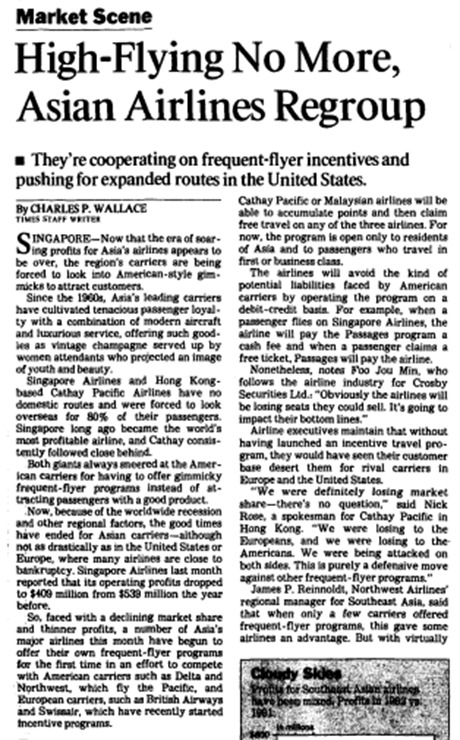
A frequent flyer programme could no longer be dismissed out of hand as mere frivolity, especially when Cathay estimated it was losing up to 10% of its Business Class passengers to airlines offering them.
Still, there was clearly no love for the idea. Said Cathay Pacific’s marketing director, “I would rather not have a programme, but it’s something developed by our competitors. A frequent-flier programme is going to have to be a standard cost of doing business.” In the words of another airline executive, “It’s like a fare cut. Everyone really loses. It’s good for the consumer, but not the carriers.”
We can argue about the myopia on display in seeing frequent flyer programmes as cost centres rather than revenue drivers, but regardless, there was a Thanosian inevitability about their introduction.
And so it came to pass that Singapore Airlines, Cathay Pacific and Malaysia Airlines begrudgingly banded together to launch Passages on 1 July 1993.
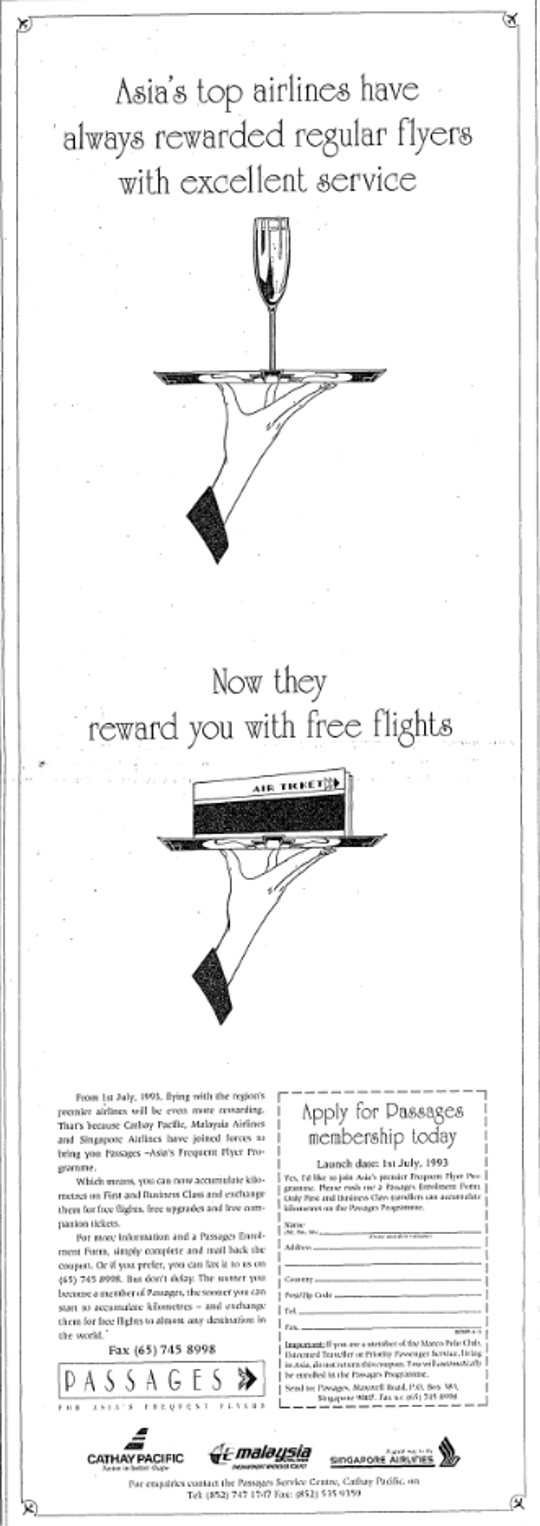
While it might seem strange for these regional rivals to launch a joint frequent flyer programme (when SIA joined Star Alliance, the loudest protests came from THAI), this was seen as more of a defensive measure, eliminating a reason to choose one airline over the other. Promotional activities were to be route and destination specific (instead of carrier specific), and each airline would maintain their individual recognition clubs (e.g. PPS for Singapore Airlines, Marco Polo Club for Cathay Pacific).
Besides, joint frequent flyer programmes were more common in those days. The Qualiflyer programme had Austrian Airlines, Crossair and Swissair, with Lauda, Sabena and Tryolean to join in the future. WorldPerks comprised Northwest, Continental and KLM.
But Passages had quirks of its own. It was no secret that airline executives weren’t thrilled about having to stoop to the level of a frequent flyer programme, and that general lack of enthusiasm manifested itself in some of Passages’ policies.
Like the previous Travel Bonus programme, Passages was only available to customers travelling in First or Business Class. Said Passages’ GM Peter Buecking (who later went on to be managing partner at oneworld), “Economy travelers tend to be price sensitive and not frequent-flyer sensitive.”
Despite his confidence, Passages was unique in snubbing of those at the back of the bus- other programmes by United, Northwest, Qantas and THAI recognized travel across all cabin classes. This, coupled with the seemingly arbitrary rule that Singapore to Kuala Lumpur flights didn’t qualify for credit, led a United Airlines spokesperson to scoff:
“People will start saying, wait a minute, why do I want to join Passages when I’ve got to remember what the restrictions are? OK, I can’t go to KL, I can’t fly coach, I can’t do this and I can’t do that. Whereas if I join United’s Mileage Plus, I know that every time I get on an airplane and fly from point A to point B, no matter what class of service I’m flying on, no matter what my destination is, I’m going to get my miles”
He had a point. Randy Petersen, founder of frequent flyer mecca FlyerTalk, predicted that Passages would have to bow to competitive pressure and expand to include economy class fliers by the end of 1994. Both of them were mistaken, however; these issues wouldn’t be fully addressed until the three airlines launched frequent flyer programmes of their own in 1999.
In the meantime, Passages members could earn kilometres:
- For flying on Singapore Airlines, Cathay Pacific and Malaysia Airlines and later on with ANA, Austrian Airlines, British Airways, Delta, Sabena, SilkAir and Swissair (1.25 km/1.5 km credit per 1 km flown in Business/First Class)
- For staying at Hilton, Hyatt, Pan Pacific, Shangri-La and Intercontinental Hotels, as well as car rentals with Avis and Hertz (1,000 km per booking)
- For spending on American Express, Citibank or Diners cards (1km per US$1 spent)
Passages used a distance-based award chart, with the world divided into five zones:
| ✈️ Passages Award Chart (in ‘000 km) |
|||
| Economy | Business | First | |
| Zone A (up to 1,500 km) |
40 | 60 | 90 |
| Zone B (1,501-3,000 km) |
60 | 80 | 110 |
| Zone C (3,001-9,000 km) |
80 | 130 | 180 |
| Zone D (9,001-12,500 km) |
130 | 200 | 260 |
| Zone E (12,501km+) |
180 | 250 | 320 |
| Zone refers to one-way distance, but mileage refers to round-trip redemption. For example, Singapore to Ho Chi Minh City is 1,087 km one-way, so it falls within Zone A. | |||
To put those numbers into perspective, here’s how Passages pricing compares to modern day KrisFlyer redemptions (with all amounts converted into miles):
| ✈️ Passages vs KrisFlyer Economy | Business | First (in ‘000 miles) |
||
| Passages (1993) |
KrisFlyer (2023) |
|
| Singapore to Ho Chi Minh City | 25 | 37.5 | 56.25 | 27 | 48 | 72 |
| Singapore to Hong Kong | 37.5 | 50 | 68.75 | 33 | 68 | 90 |
| Singapore to Christchurch | 50 | 81.25 | 112.5 | 61 | 137 | 187 |
| Singapore to London | 81.25 | 125 | 162.5 | 84 | 207 | 282 |
| Singapore to New York | 112.5 | 156.25 | 200 | 88 | 223 | 297 |
| All mileage requirements here are round-trip | ||
What amazes me is that even though there’s been a 30 year gap and it’s so much easier to earn KrisFlyer miles today, the Passages award prices (for Economy at least) are in some cases more expensive than KrisFlyer!
Even for its day and age, however, Passages’ awards were considered poor value compared to other programmes like MileagePlus, WorldPerks and Royal Orchid Plus (which launched the same day as Passages).
| ✈️ Mileage Required for Free Ticket, by Programme (in ‘000 km) |
||
| Within Asia | To USA | |
| Passages | 40 | 180 |
| MileagePlus | 32 | 80 |
| Qantas Frequent Flyer | 9-25 | 130 |
| Royal Orchid Plus | 40 | 128 |
| WorldPerks | 32 | 80 |
Nonetheless, Passages membership grew quickly. Within the first year of operations, it had racked up 228,000 members, which expanded to 415,000 by 1996. New earning partners were periodically added, and for a while, things were fine.
Yet Passages was always made up of allies of convenience, and as time went by, it became apparent that by operating a combined programme, Singapore Airlines, Cathay Pacific and Malaysia Airlines were missing out on opportunities to brand and market themselves uniquely. Malaysia Airlines, for example, wanted to start rewarding passengers who flew domestically, but couldn’t because the other two partners did not operate domestic routes.

Eventually, the three airlines decided that the Passages experiment had served its purpose. They would now go their separate ways, and in January 1999, the divorce (trivorce?) was formalized. Members could redeem miles up to January 2000, or transfer their Passages Kilometres into the newly-formed KrisFlyer, Asia Miles or Enrich at a rate of 1.6 km=1 mile.
For what it’s worth, Passages went out with a bang, running fire sales for award tickets. Singapore Airlines offered 50% off all awards- Economy, Business, First, companion awards, upgrade awards, you name it. The only time we ever saw a promotion like that again was in January 2020, when KrisFlyer Spontaneous Escapes offered 51% off award tickets for the following month (so naturally, a pandemic of biblical proportions prevented most people from taking advantage of it).
Here’s the press release for the newly-launched KrisFlyer programme
| 📰 Press Release for KrisFlyer Launch |
|
Singapore Airlines (SIA) today announced its own frequent flyer programme, KrisFlyer. The new programme will enable customers in all three classes — First, Raffles and Economy — to earn mileage credits that can be redeemed for free travel awards. Enrolment begins immediately. Members can begin earning and redeeming mileage in KrisFlyer from 1 February 1999. KrisFlyer is SIA’s first proprietary frequent flyer programme and follows hot on the heels of the Airline’s recent S$500 million product launch, which features new cabin interiors in all three classes. Enhanced ground services and innovative inflight cuisine, created by a panel of world-famous chefs, also form part of the new product. With KrisFlyer, miles will be awarded not only for travel on SIA services, but also for journeys on SIA’s subsidiary regional airline, SilkAir, or on any of the KrisFlyer partner airlines, namely Air New Zealand, All Nippon Airways, Ansett Australia, Asiana Airlines, Delta Air Lines and Lufthansa. KrisFlyer members who travel frequently on SIA and SilkAir will enjoy elite status and additional benefits. In addition to qualifying for elite status, First and Business Class customers on SIA and SilkAir will have to opportunity to qualify for SIA’s PPS Club, an exclusive loyalty scheme that recognises and accords special privileges to SIA’s priority passengers. Existing PPS Club members, and Passages members who have travelled in First or Business Class with SIA, will be automatically enrolled into the KrisFlyer programme. Members will also be able to earn KrisFlyer miles with some of the best global hotel chains, credit or charge cards, and car rental agencies. Members need quote only their KrisFlyer membership number when making a reservation or when utilising the service of one of SIA’s non-airline partners worldwide. New partners, airline and non-airline, will be introduced progressively. Children under 12 who qualify for KrisFlyer automatically become KrisFlyer Explorers, a new Young Explorer Club that caters to the needs of SIA’s young jetsetters. Said SIA’s Senior Vice President (Marketing Planning), Mr Huang Cheng Eng: “KrisFlyer complements our new product, which has been widely acclaimed as the best in the industry. We want our customers to enjoy travelling with SIA and at the same time be rewarded with travel benefits for their support. KrisFlyer offers some of the best mileage award levels. International free travel awards start at just 15,000 miles.” Mr Huang said the introduction of KrisFlyer means that SIA’s Economy Class has been completely upgraded in all respects. “Now, our Economy Class passengers are not only offered more comfortable seats and served champagne on board, but can enjoy these frequent flyer rewards as well,” he said. The creation of the new programme follows the decision by Singapore Airlines, Cathay Pacific Airways and Malaysia Airlines to discontinue their joint frequent flyer programme, Passages, to pursue individual programmes. Enrolment forms are available at SIA ticket offices, Silver Kris airport lounges, check-in counters and on board SIA and SilkAir services. Forms are also available at travel agencies. |
With KrisFlyer would finally come the ability to earn miles on Economy Class flights, even if SIA did nerf the rate significantly from the onset.
- Economy class passengers earned 75% of the miles flown until 31 Dec 1999, and then 50% afterwards
- Business Class passengers earned 125% of the miles flown
- First Class passengers earned 150% of the miles flown
KrisFlyer also did away with blackout dates, which were a feature of the Passages programme. As for the new award chart, here’s what it looked like circa 1999:
| ✈️ KrisFlyer Award Prices Economy | Business | First (in ‘000 miles) |
||
| KrisFlyer (1999 ) |
KrisFlyer (2021) |
|
| Bali | 15 | 35 | 50 | 15 | 38 | 55 |
| Bangkok | 25 | 40 | 60 | 25 | 43 | 65 |
| Shanghai | 40 | 65 | 95 | 40 | 78 | 106 |
| Tokyo | 40 | 65 | 95 | 50 | 94 | 140 |
| Perth | 40 | 65 | 95 | 40 | 73 | 104 |
| Sydney | 50 | 85 | 130 | 56 | 104 | 170 |
| Frankfurt | 70 | 110 | 165 | 76 | 184 | 250 |
| Dubai | 50 | 80 | 120 | 50 | 98 | 150 |
| London | 70 | 120 | 180 | 76 | 184 | 250 |
| San Francisco | 70 | 120 | 180 | 76 | 190 | 260 |
| New York | 80 | 135 | 195 | 80 | 198 | 264 |
| 1999 chart | 2023 chart All mileage requirements here are round-trip. We do not need to take fuel surcharges into account as they were only introduced in 2004, and scrapped in 2017 |
||
I’ve covered a full history of KrisFlyer devaluations in a separate post, but what’s remarkable is how constant the price of Economy Class awards has remained since KrisFlyer began. In fact, the brunt of inflation has been felt in the Business and First Class cabins, not at the back of the plane.
To put it another way, it costs you the same number of miles to fly Economy Class between Singapore and New York today as it did 22 years ago, but 47% and 35% more miles to fly Business and First Class respectively. Perhaps that’s part and parcel of premium cabins becoming less dense over the years as seats got bigger, while Economy Class seats remain, well, Economy Class seats.
KrisFlyer went on a global advertising blitz, running full page ads in major newspapers worldwide. Today, it has 4.6 million members redeeming 39 billion miles per year, with 280 partners and a host of co-brand cards. For comparison, Asia Miles has more than 10 million members, and Enrich four million.
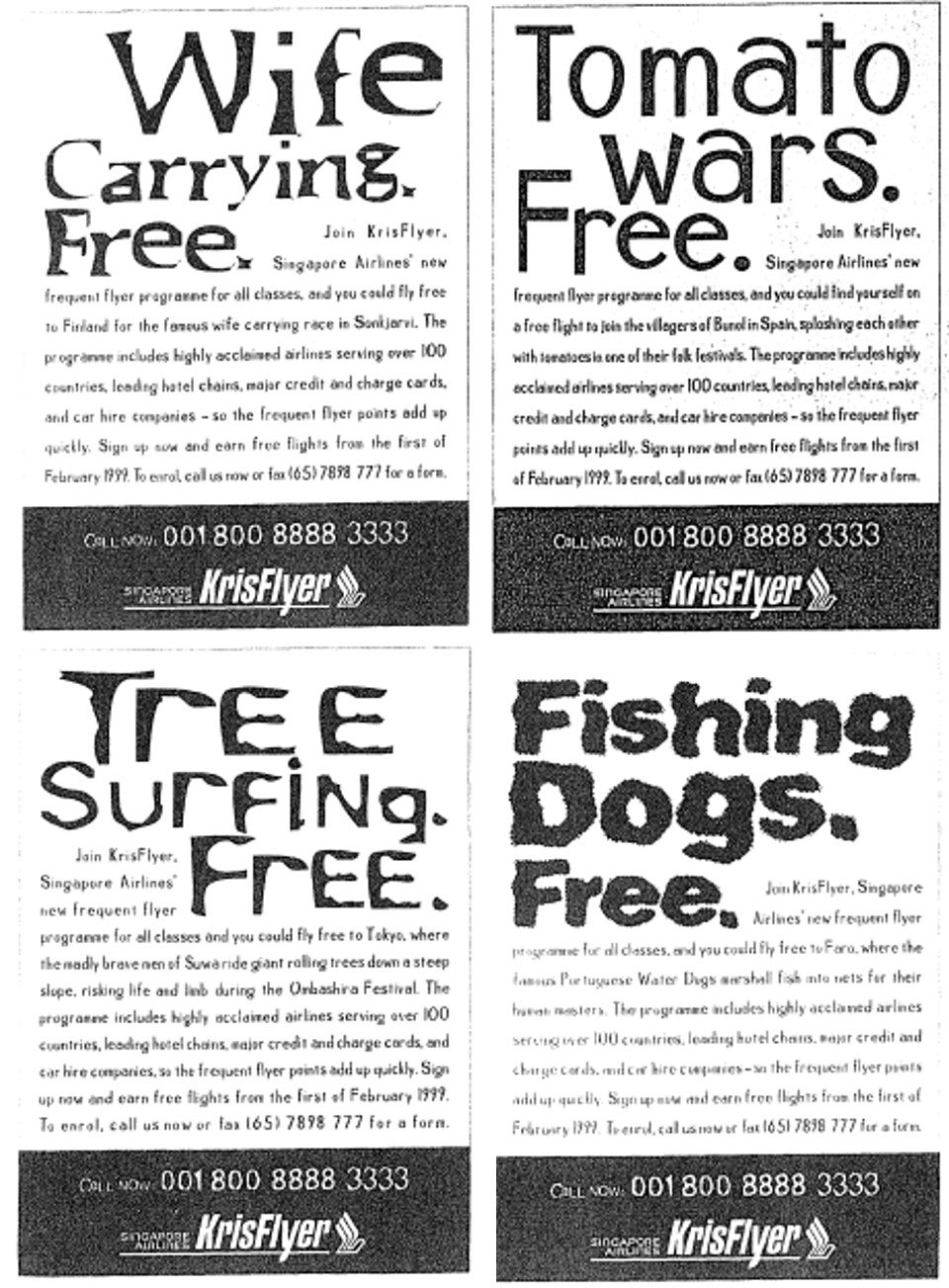
I think they all did pretty alright.
Conclusion
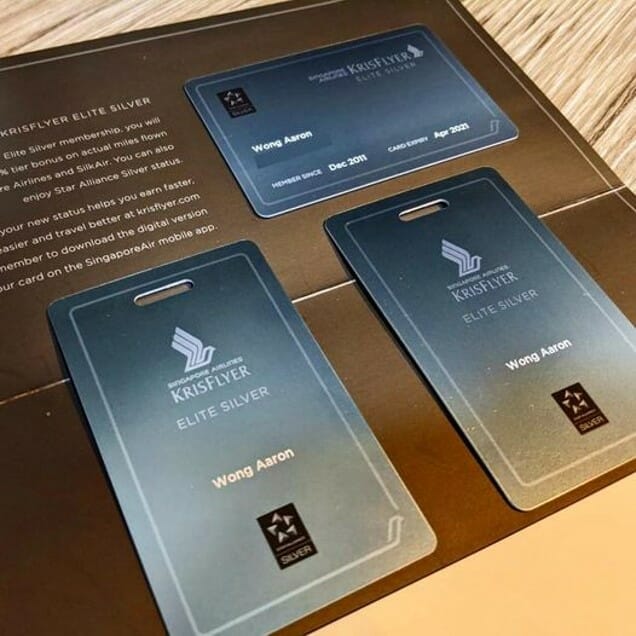
KrisFlyer has been many years in the making, and while it may be a relatively niche programme on the world stage, it’s certainly the most important one here in Singapore. Whether you’re a bank, a hotel, a food delivery platform, or a shopping rewards programme, you have to partner with KrisFlyer if you hope to gain any sort of traction in this market.
It may have been seen as a gimmick in the past, but with 5.2 million members worldwide and counting, I doubt you’d find an executive now who doesn’t see the frequent flyer programme as a pivotal component of Singapore Airlines.
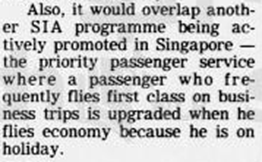
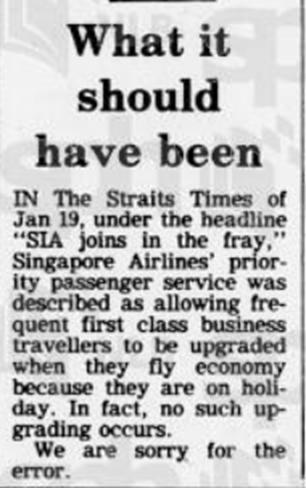
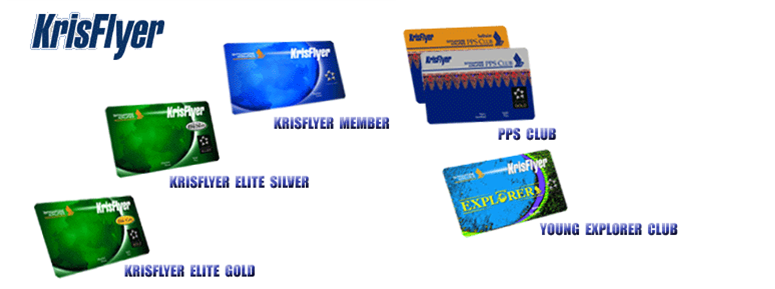
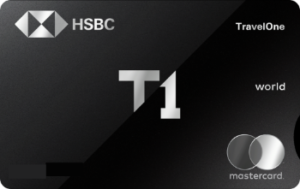
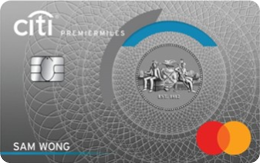
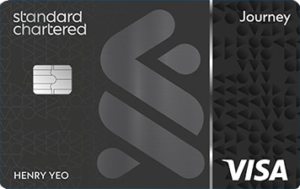
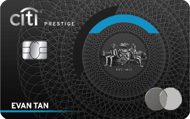


Hi Aaron, Great article as always. Fascinating to read about the FF miles history and origination. My first flight on SQ was in April 1992 and I remember as a 12 year old kid, I got a plastic model of the B747 Megatop as a gift by SQ. Since you are carrying out a weekly story on SQ, would you mind covering a story on the gifts SQ used to give its passengers from the 90s till today. SQ First / Suites gets the teddy bears, but I got a load of goodies from SQ as an economy class passenger… Read more »
Now for them to remove waitlists and allow 100% redemption of cabins…
It’s already a feature on singaporeair.com, just click book flights, select your dates and destination, provide your credit card details and there you go. You can even earn miles off those redemption.